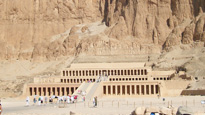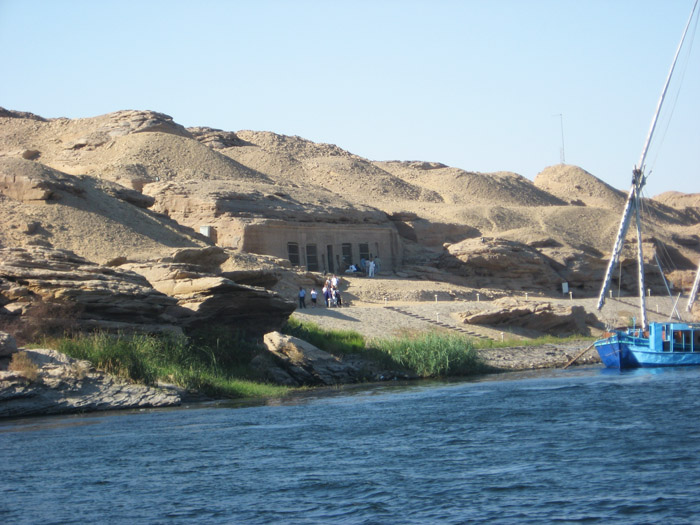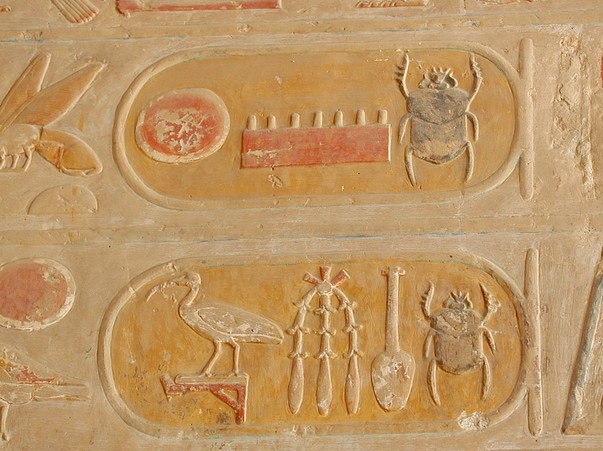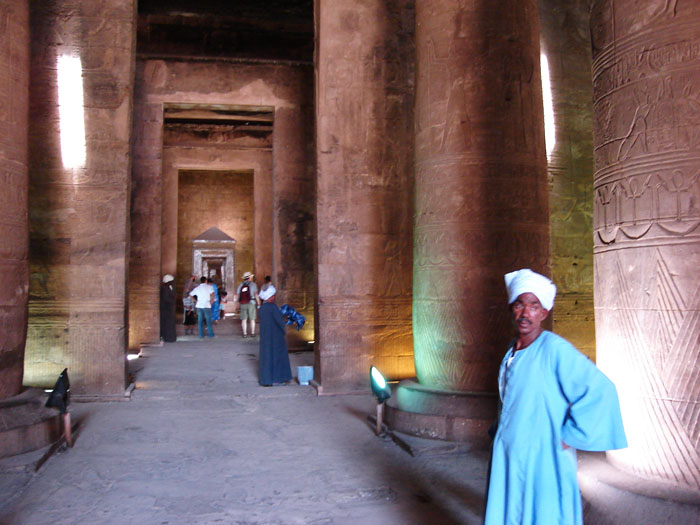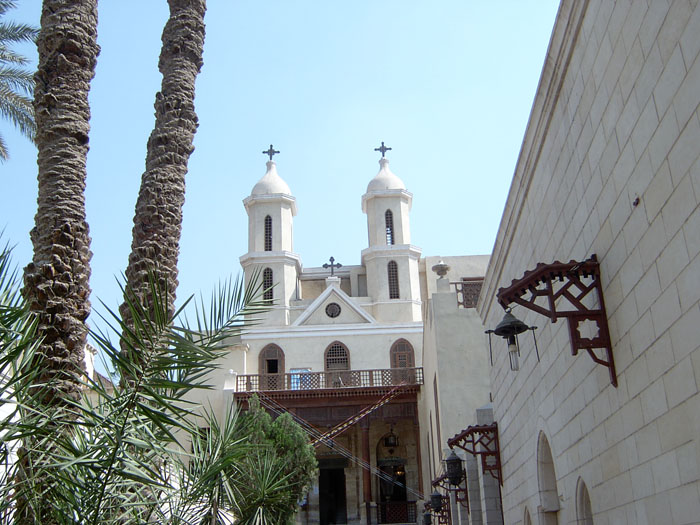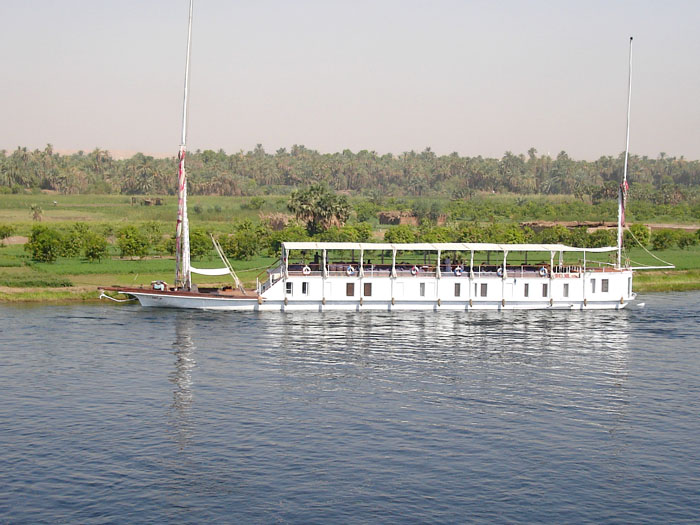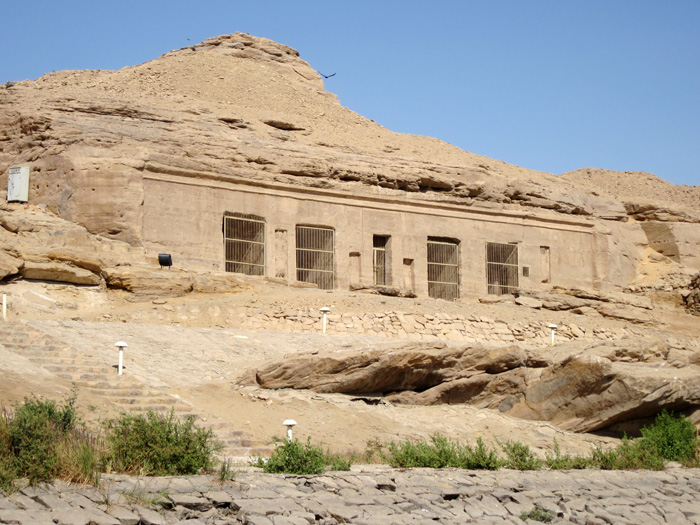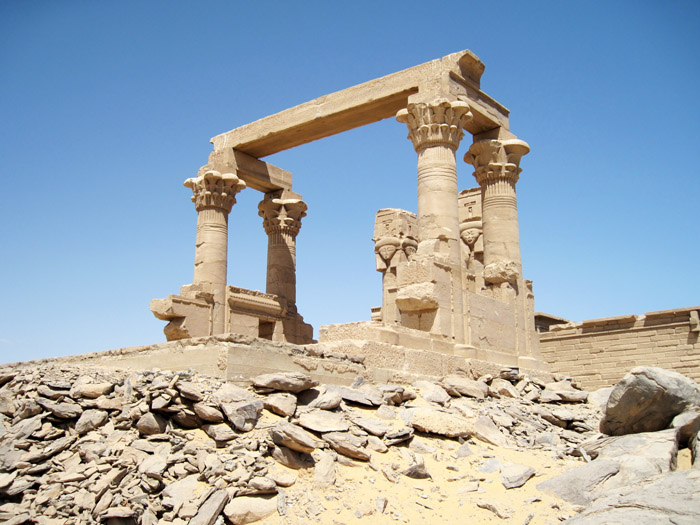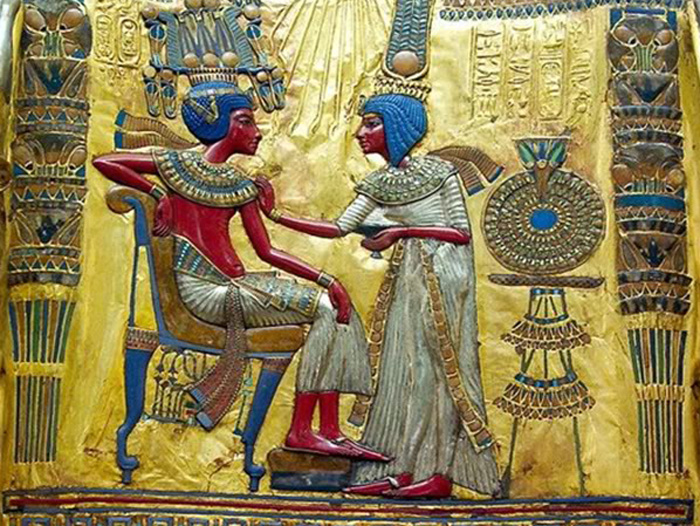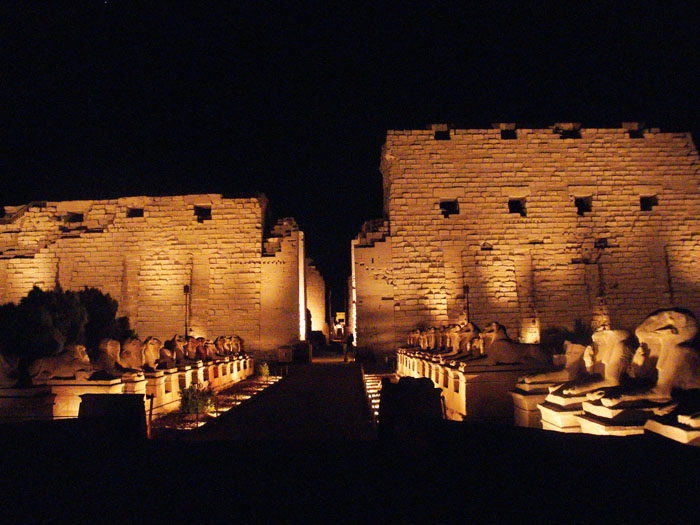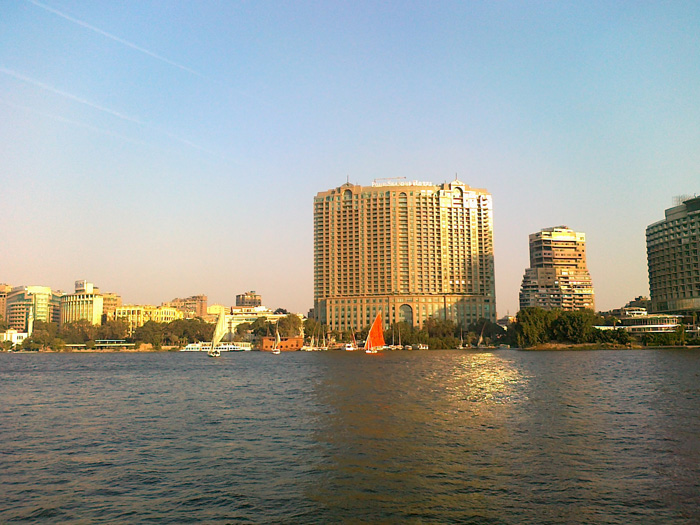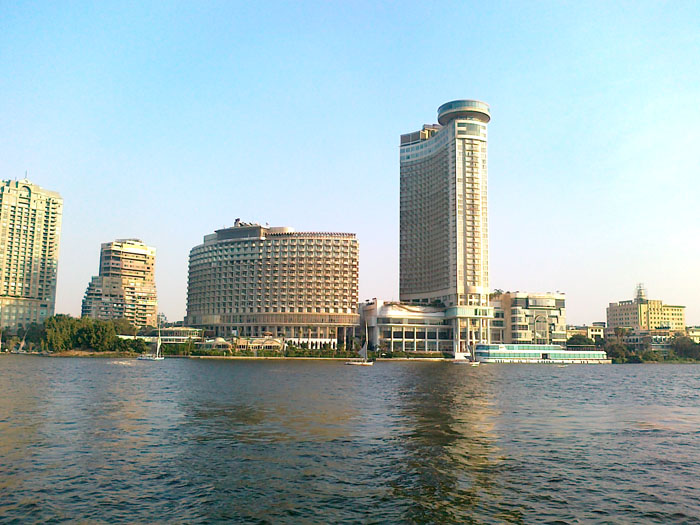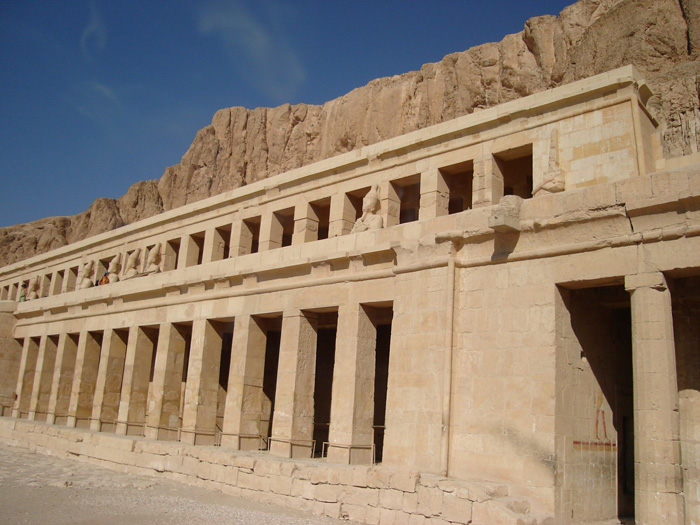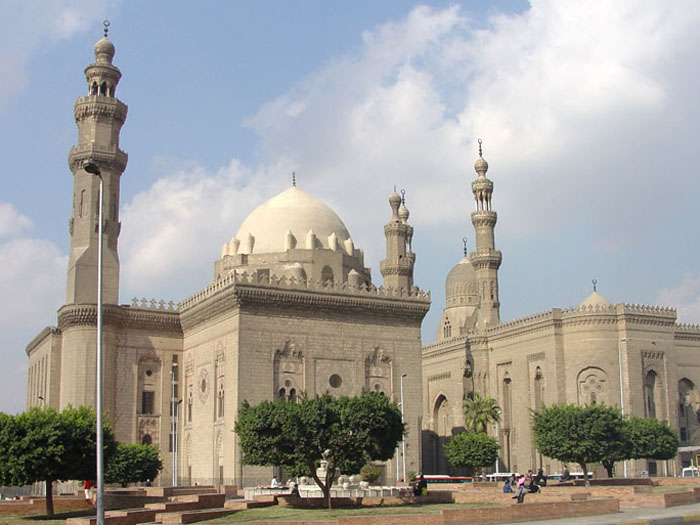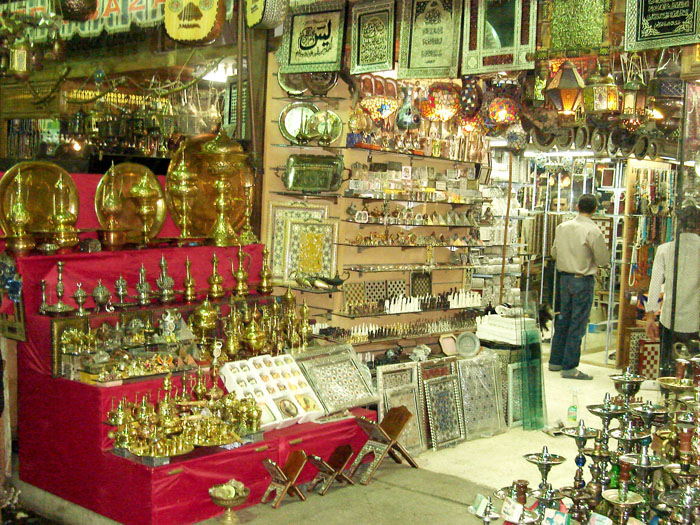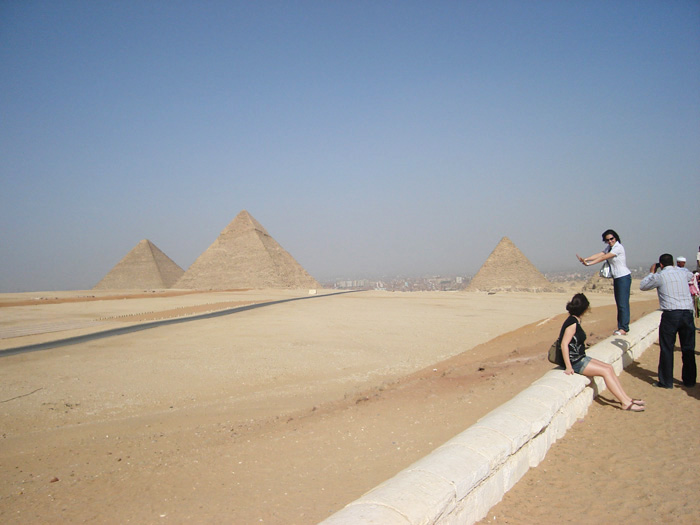Super Long Nile Cruise Sailing Dates
Egypt
Luxor: The City
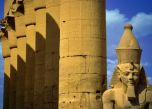 Luxor is unique among the cities of the world. A visitor can walk through history, past statues with heads of gods and animals, beneath pillars carved with lotus buds and papyrus. You can ride in a horse-drawn carriage, sail aboard a felucca, take a sunset cruise, and even see the city from a hot-air balloon! Wherever you tread, you feel you are experiencing the past and the present simultaneously. There is hardly a place in this city that does not have a relic that tells of the grandeur of the ancient Egyptians.
Luxor is unique among the cities of the world. A visitor can walk through history, past statues with heads of gods and animals, beneath pillars carved with lotus buds and papyrus. You can ride in a horse-drawn carriage, sail aboard a felucca, take a sunset cruise, and even see the city from a hot-air balloon! Wherever you tread, you feel you are experiencing the past and the present simultaneously. There is hardly a place in this city that does not have a relic that tells of the grandeur of the ancient Egyptians.
Karnak Temple
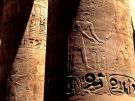 The Karnak Temple Complex comprises a vast mix of decayed temples, chapels, pylons, and other buildings. Building at the complex began in the reign of Sesostris I in the Middle Kingdom and continued into the Ptolemaic period, although most of the extant buildings date from the New Kingdom. The area around Karnak was the ancient Egyptian Ipet-isut ("The Most Selected of Places") and the
The Karnak Temple Complex comprises a vast mix of decayed temples, chapels, pylons, and other buildings. Building at the complex began in the reign of Sesostris I in the Middle Kingdom and continued into the Ptolemaic period, although most of the extant buildings date from the New Kingdom. The area around Karnak was the ancient Egyptian Ipet-isut ("The Most Selected of Places") and the
Luxor Temple
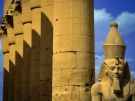 Luxor Temple is a large Ancient Egyptian temple complex located on the east bank of the Nile River in the city today known as Luxor (ancient Thebes) and was founded in 1400 BCE. For centuries Thebes was once known as the capital of the known world. Known in the Egyptian language as ipet resyt, or "the southern sanctuary"
Luxor Temple is a large Ancient Egyptian temple complex located on the east bank of the Nile River in the city today known as Luxor (ancient Thebes) and was founded in 1400 BCE. For centuries Thebes was once known as the capital of the known world. Known in the Egyptian language as ipet resyt, or "the southern sanctuary"
Deir El Madina
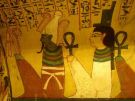 Deir El Medina is an ancient Egyptian village which was home to the artisans who worked on the tombs in the Valley of the Kings during the 18th to 20th dynasties of the New Kingdom period. The settlement's ancient name was "Set Maat" (translated as "The Place of Truth"), and the workmen who lived there were called “Servants in the Place of Truth”. During the Christian era the temple of Hathor was converted into a Church from which the Arabic
Deir El Medina is an ancient Egyptian village which was home to the artisans who worked on the tombs in the Valley of the Kings during the 18th to 20th dynasties of the New Kingdom period. The settlement's ancient name was "Set Maat" (translated as "The Place of Truth"), and the workmen who lived there were called “Servants in the Place of Truth”. During the Christian era the temple of Hathor was converted into a Church from which the Arabic
Memnon
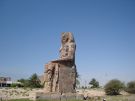 They are two massive stone statues of Pharaoh Amenhotep III. For the past 3400 years (since1350 BC) they have stood in the Theban necropolis, across the River Nile from the modern city of Luxor. The original function of the Colossi was to stand guarding the entrance to Amenhotep's memorial temple. Though damaged by nature and earthquakes, the statues are still impressive.
They are two massive stone statues of Pharaoh Amenhotep III. For the past 3400 years (since1350 BC) they have stood in the Theban necropolis, across the River Nile from the modern city of Luxor. The original function of the Colossi was to stand guarding the entrance to Amenhotep's memorial temple. Though damaged by nature and earthquakes, the statues are still impressive.
Valley of The Queens
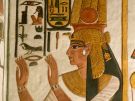 The Valley of the Queens is a place in Egypt where wives of Pharaohs were buried in ancient times. In ancient times, it was known as Ta-Set-Neferu, meaning –‘the place of the Children of the Pharaoh’, because along with the Queens of the 18th, 19th and 20th dynasties (1550–1070 BCE) many princes and princesses were also buried with various members of the nobility.
The Valley of the Queens is a place in Egypt where wives of Pharaohs were buried in ancient times. In ancient times, it was known as Ta-Set-Neferu, meaning –‘the place of the Children of the Pharaoh’, because along with the Queens of the 18th, 19th and 20th dynasties (1550–1070 BCE) many princes and princesses were also buried with various members of the nobility.
Luxor Museum
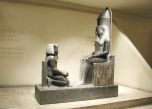 Luxor Museum is located in the Egyptian city of Luxor (ancient Thebes). It stands on the corniche, overlooking the west bank of the River Nile, in the central part of the city. Inaugurated in 1975, the museum is housed in a small, purpose-built building. The range of artifacts on display is far more restricted than the country's main collections in the Museum of Antiquities in Cairo
Luxor Museum is located in the Egyptian city of Luxor (ancient Thebes). It stands on the corniche, overlooking the west bank of the River Nile, in the central part of the city. Inaugurated in 1975, the museum is housed in a small, purpose-built building. The range of artifacts on display is far more restricted than the country's main collections in the Museum of Antiquities in Cairo
East Bank
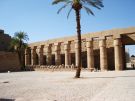
Hatshepsut Temple (El Dier El Bahari)
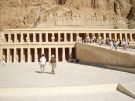
Valley of the Kings
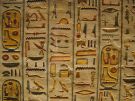 The Valley of the Kings, less often called the Valley of the Gates of the Kings is a valley in Egypt where, for a period of nearly 500 years from the 16th to 11th century BC, tombs were constructed for the Pharaohs and powerful nobles of the New Kingdom (the Eighteenth to the Twentieth Dynasties of Ancient Egypt). The valley stands on the west bank of the Nile, opposite
The Valley of the Kings, less often called the Valley of the Gates of the Kings is a valley in Egypt where, for a period of nearly 500 years from the 16th to 11th century BC, tombs were constructed for the Pharaohs and powerful nobles of the New Kingdom (the Eighteenth to the Twentieth Dynasties of Ancient Egypt). The valley stands on the west bank of the Nile, opposite
West Bank
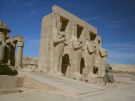
Packages
Contact us
Stylish Holidays
26 Tarablous Street, Off Abbas El Akkad
Nasr City - Cairo - Egypt
Tel: +20 2 2271 9690 / 91
Mobile: +20 100 607 1666
email: This email address is being protected from spambots. You need JavaScript enabled to view it.
